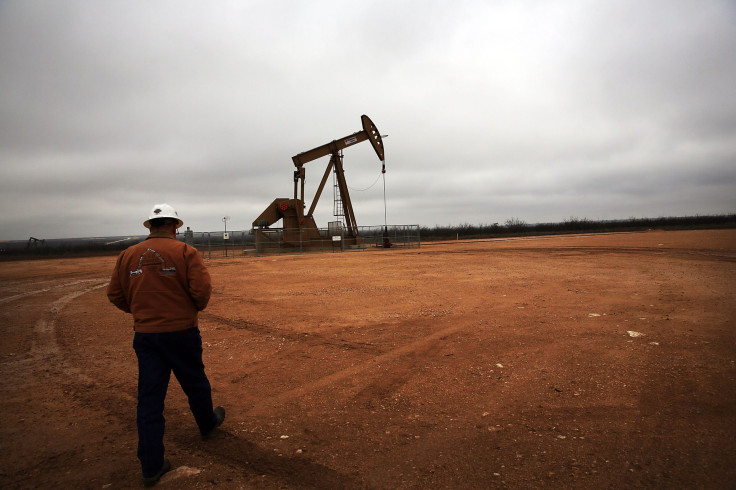How The Federal Reserve's Rate Hike Decision Could Affect US Oil Prices

U.S. oil prices are likely to hover at or slightly above current levels, regardless of whether the Federal Reserve had raised interest rates Thursday or sometime before the end of the year. A rate hike would have sparked short-term volatility in crude markets, but any immediate reaction wouldn't have slammed prices for long, given the shrinking U.S. supply glut and steady global demand, analysts say.
“During 2015, we’re going to continue to be in the $40- to $50-a-barrel range for U.S. crude,” said Jay Hatfield, president of Infrastructure Capital Advisors, a New York investment company. “But we will see a recovery, probably $50 to $70 a barrel in 2016.”
The U.S. central bank has kept interest rates at historic lows since December 2008, primarily to bolster the U.S. economy during the recession. In July, however, Federal Reserve Chair Janet Yellen said the Fed would raise rates this year if economic conditions improve as expected.
Higher interest rates would strengthen the U.S. dollar against other currencies. Since oil is priced in dollars, global crude supplies may become more expensive. Some analysts have expressed concern that higher costs would further suppress the demand for crude, in turn lowering the price of a barrel of oil.
Tepid oil demand in China and Europe has already helped push prices down by about 60 percent since June 2014. U.S. benchmark crude West Texas Intermediate (WTI) was trading at $46.69 a barrel Thursday at 11:56 a.m. EDT. Brent crude, the global benchmark, was at $48.60 a barrel.
But countries are typically slow to respond to dips or spikes in oil prices, since purchasing and planning decisions are made over the long-term, Hatfield said. “Global demand by country is not very volatile, and is likely to grow slowly over time because … there’s a lag in response to lower prices,” he said.
In 2015, world demand for oil is expected to grow by 1.46 million barrels a day, OPEC researchers forecast Monday in a monthly oil market report. Demand in 2016 is on track to grow by 1.29 million barrels a day, they said.
On the supply side, a Fed rate hike could curb U.S. production. But given that markets are awash in crude, a drop in output would actually bolster oil prices.
Goldman Sachs analysts said the global supply glut is so large that oil prices may need to plunge to $20 a barrel this fall to clear the surplus, Bloomberg News reported Thursday. Goldman’s long-term forecast for crude is at $50 a barrel.
Over the past decade, low bank interest rates have enabled U.S. exploration and production companies to access generous financing and drill wells across the country. That infusion of capital helped to boost U.S. oil production from 5.6 million barrels per day in 2011 to a peak of 9.6 million barrels per day in April 2015, the U.S. Energy Information Administration (EIA) reported.
Yet projects that made financial sense during an era of $100-plus oil are rapidly losing money, forcing companies to lay off thousands of workers and shelve hundreds of drilling rigs. Lenders are already wary of backing weaker shale companies; a hike in federal interest rates would dry up capital even further. “The last thing energy companies need is higher costs,” James D’Agostino Jr., former chairman of Encorse Banchsares in Houston, told the Houston Chronicle newspaper this week.
Hatfield said he expects oil investments will shrink regardless of whether the Fed raises or maintains interest rates. U.S. producers are on track to spend $120 billion this year, a 40 percent drop from 2013. Capital expenditures next year could slide further, to just $80 billion, he said.
The pullback on spending is already straining U.S. oil production. Across the country’s seven largest shale deposits, oil production is on track to fall to 5.2 million barrels per day in October -- a 6 percent drop from April’s peak and the sixth consecutive month of decline, according to the EIA.
“U.S. oil production has shown signs of slowing,” OPEC observed in its latest oil market report. “This could contribute to a reduction in the imbalance of the oil market fundamentals, however, it remains to be seen to what extent this can be achieved in the months to come.”
The Fed’s announcement on interest rates will arrive by 2 p.m. EDT.
© Copyright IBTimes 2024. All rights reserved.




















